During the start of the Antique Heritage and Media Familiarization Tour, we passed by San Joaquin town on our way to Antique, making a short stopover at the town;s Spanish-era cemetery (Campo Santo) and its iconic mortuary chapel (capilla).
Too bad we didn’t make a stopover at its equally iconic, Spanish-era church, a listed National Cultural Treasure. On our way back to Iloilo International Airport, I specifically requested our driver to make a slight detour to make a stopover there.
This church, the country’s most militaristic, was started in 1859 and completed in 1869 by Augustinian Fr. Tomas Santaren (parish priest from 1855-86) using gleaming white coral rock quarried from the shores of Punta Malagting, Brgy. Igcadlum in Igbaras town.
The church’s simple, three-level, old weathered stone facade has a central arched main entrance flanked by paired columns (which divide the rectangular sections into three segments) and the two statued niches of St. Francis of Assisi and San Pedro Regalado, the patron saint of bullfighters.
The choir loft level, decorated by two horizontally arranged niches and round central window, is set apart from the two levels by a simple architrave. Ornamentation can be found in rosettes along the cornice and around the edges of the niches and capitals.
The church’s central attraction, however, is the fascinating high bas-relief sculpture of intricately carved (even the expression of agony by soldiers are visible) stonework spread on mosaic blocks (each carved and set in place) on its triangular pediment (with the statue of Our Lady of Sorrows on its top), entitled Rendicion de Tetuan. It was added halfway through construction by Fr. Santaren with the assistance of Spanish Engr. Felipe Diez and a Filipino (some say Chinese) carver.
Originally pigmented red, blue and yellow, it depicted the Battle of Tetuan (Morocco, 1859), part of the Spanish-Moroccan War of 1859-1860, in which Spanish troops under Prime Minister Leopoldo O’Donnell, 1st Duke of Tetuan, defeated the Moorish troops of Moroccan Crown Prince Muley Abbas and recaptured the Spanish city of Tetuan on February 6, 1860.
Black soot covers many areas of the facade, a result of the January 29, 1943 fire ordered by Col. Macario Peralta to prevent the church from being used by the Japanese. The church was also heavily damaged during the January 25, 1948 Lady Caycay earthquake.
Spanish infantry and cavalry are shown breaking the Moorish defense against a backdrop of minarets and date palms. It is a larger than life depiction of the struggle between Christians and the Moros of Mindanao and Sulu. Inside are three carved limestone retablos. The sprawling ruins of the convent have an oval well and a kiln for baking bread.
How To Get There: San Joaquin is located 53.5 kms. from Iloilo City and 12.2 kms. from Miag-ao.

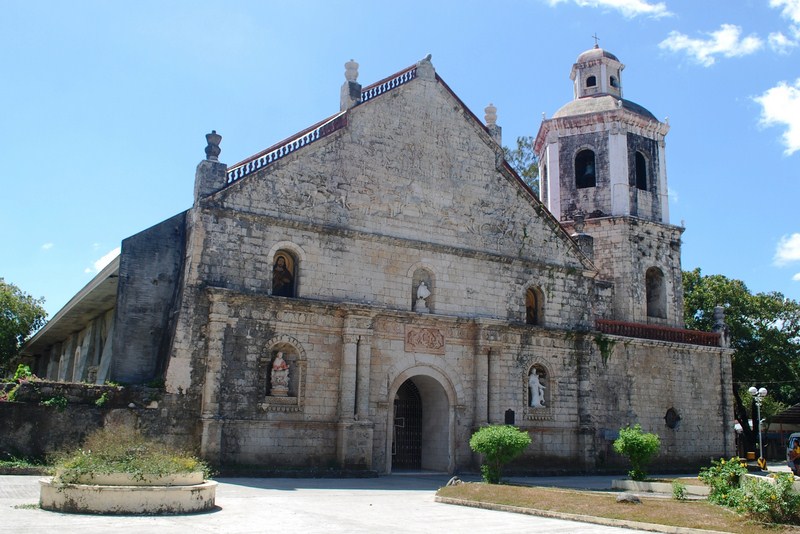
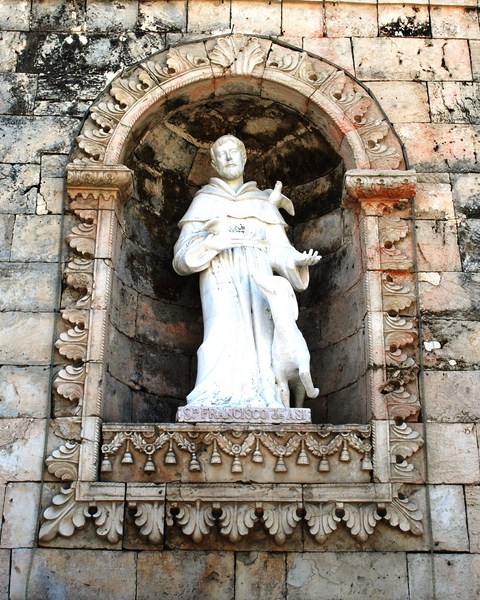
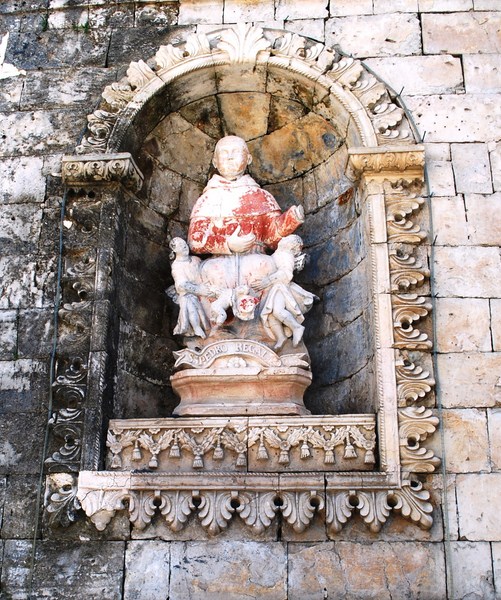
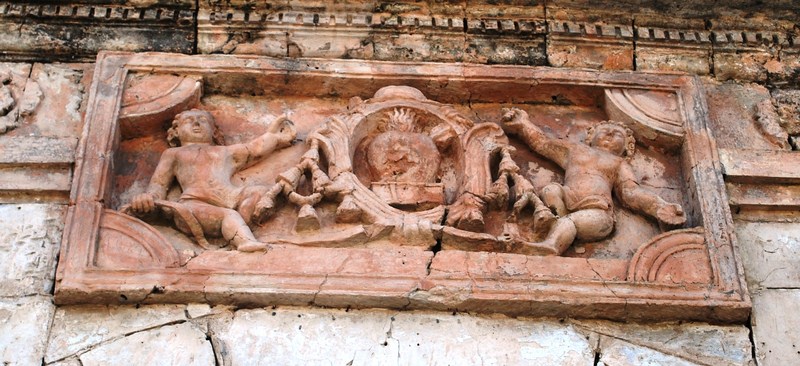
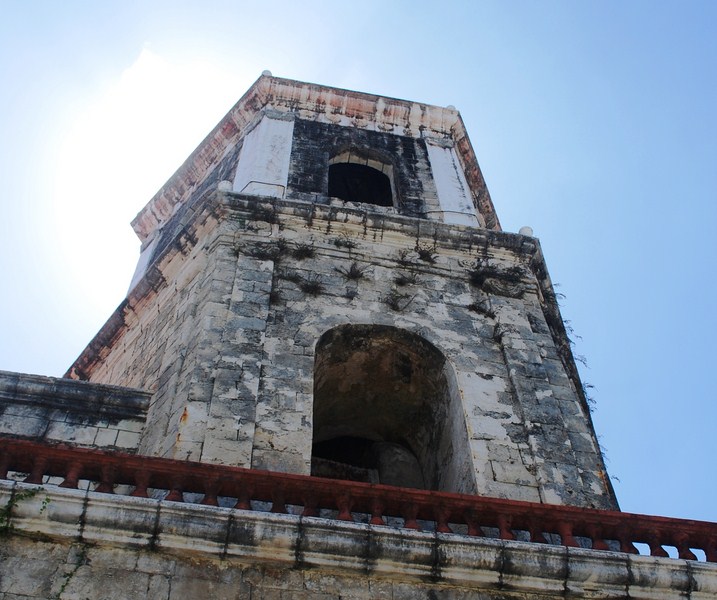
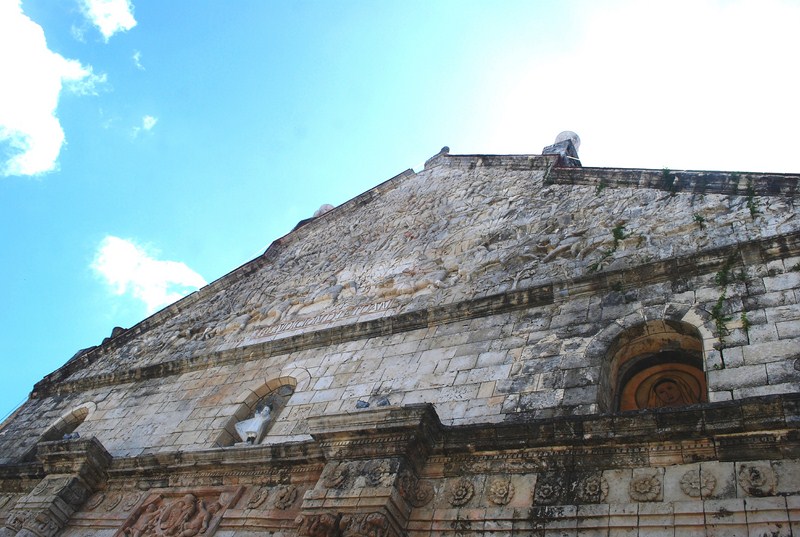
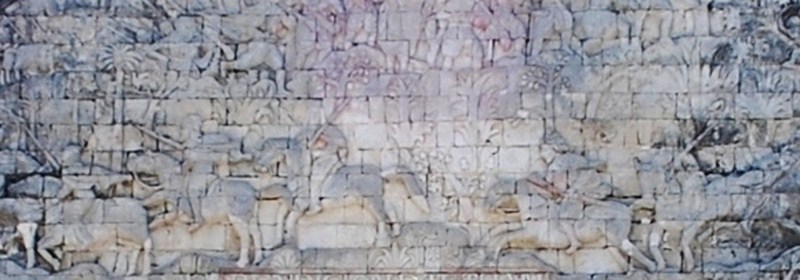
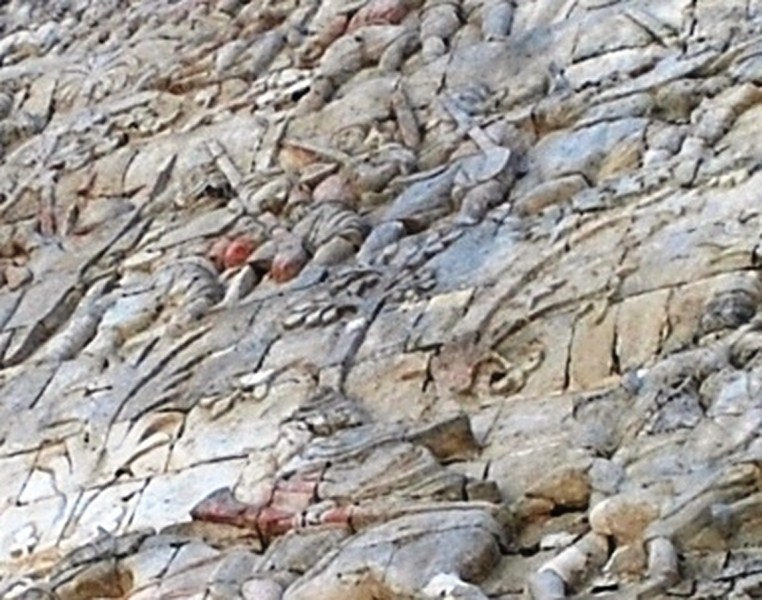

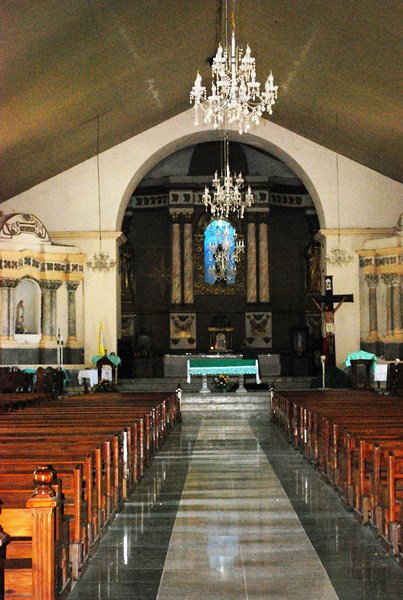
It’s Don Felipe Diez not Diaz
Done. I am speculating that you are related to him.